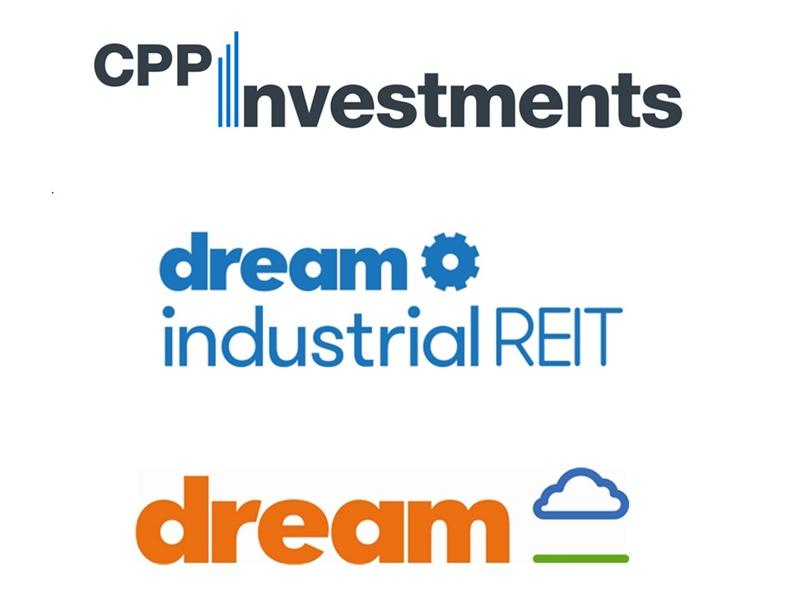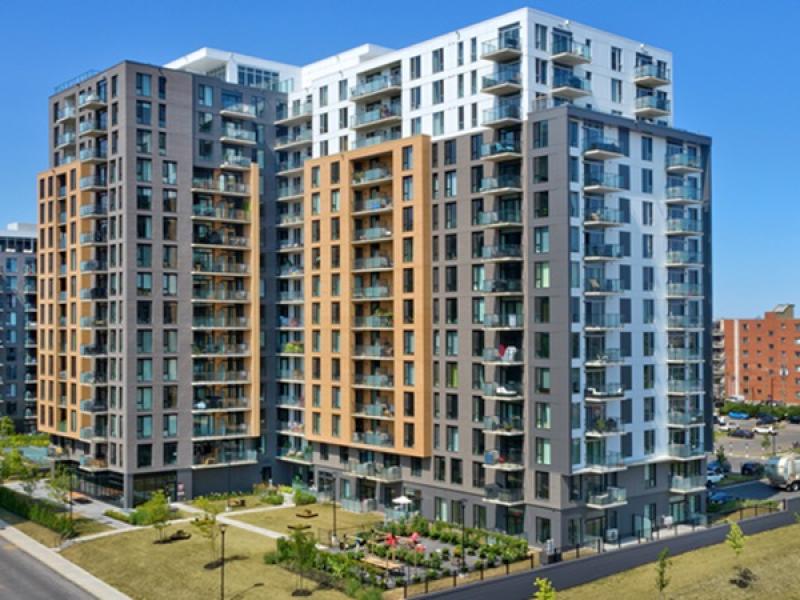Beyond the unit and building scale, introducing residential uses on industrial lands destabilizes the surrounding area, leading to the conversion and loss of industrial businesses that serve the wider community.
How does this happen and what should be done?
Live/work units can come about in two ways: the construction of new buildings that incorporate a combination or mix of uses by intent; or the conversion of historic industrial or commercial structures (adaptive reuse), typically multi-level brick buildings in now-desirable (hip and trendy) urban locations, with units marketed as lofts.
The connection or coupling of the living and working activities may be materially joined or tenuously linked.
Editor's Note: This is Part III of a three-part series of articles about live/work.
Links to Parts I and II appear at the conclusion of this article.
There is also an important distinction between adding housing to industrial areas versus adding industry to residential areas, both of which could lead to land-use conflicts and user complaints.
The impetus may be where a city proactively designates an area for live/work (or mixed-use) with a goal to spur investment in housing and commerce, or where the real estate sector presses for such approvals to allow the type of use(s) that it can most profitably develop.
Called "rules" by some and "barriers" by others, plans and policies can change.
This can lead to a skewed relationship between uses and fuel land speculation which destabilizes the very area intended for assistance. Transformation, gradually or rapidly, from live/work to live/live and associated changes in activities and values can disrupt the area.
The need for industrial
As outlined in other articles I have published, industrial lands and jobs – which provide production, distribution and repair activities – are needed as part of a complete, successful and prosperous economy.
Industrial, commercial, institutional and infrastructure uses are integral components of a functioning and working city. Their form may have evolved over the centuries, but the economic and employment contributions of industry are still important in the modern era.
The perception is that industry is dirty, noisy and best left out of sight.
That may be so for traditional and heavy industrial uses, but some modern and light industrial uses can be integrated into the urban fabric. The risk is losing industrial uses through redevelopment and introduction of residential into industrial areas, which can have negative implications for the wider community.
Promised benefits
Benefits of live/work include convenience of living (very) close to work, thus shorter commute time, less traffic, better work-life balance, etc.
However, just like working from home, the experience can be less than satisfying for both the employee and the employer. Workaholics might find it difficult to stop working, while procrastinators might find it hard to start working.
And much labouring may be required to afford what are often expensive dwellings.
A home with a workshop component could be a place for an entrepreneur to create and grow a business at little risk and cost. And once this incubation space overflows, they can move their operation to a commercial or industrial district.
Yet proponents of flexibility say the definition and regulation of live/work are too restrictive; that the initially allowed artist studios should be broadened to include different types of uses or predominantly a single use, i.e. residential, desired by the market.
Potential perils
It does not go unnoticed that investors / buyers will pay more for a home place than a work space, thus the former is the primary driver of value.
Initially envisioned for starving artists, these units are now typically occupied by high-income professionals.
Astute real estate developers can see the potential to buy industrial and employment lands and buildings and convert them into predominantly residential uses. Sometimes this is under the guise of live/work units or artist studios, even if the work part of the unit becomes an extended living room.
Enforcement after occupancy is nearly impossible.
Adding housing into an industrial area can introduce residents prone to NIMBYism. These new residents issue complaints about pre-existing industrial uses, leading to businesses and jobs being pushed out - a type of gentrification.
The increases in values and tensions are further elevated by units that are owned rather than rented.
Especially concerning in cities with a shortage of industrial lands and strong demand for housing, the results are a conversion of industrial lands to residential uses, which takes away from the overall capacity of the urban economy. Once those industrial lands are lost, they won’t be returned.
Instead, increased housing supply should be accommodated through intensification of appropriate residential lands.
Cautious conclusions
Should live/work, or some variant of it, now be reconsidered?
Noting past experiences and known issues, one might foresee possible results: units that quickly become virtually all living, and working uses that become so "light" they are scarcely more than a home work desk. Beyond the unit scale, such could have unintended impacts on the surrounding area.
From various sources and observations, the following cautions:
- Live-work spaces tend to transition to the higher-value residential use even if that was not the initial intent. Although an important aspect of these units is flexibility, it should not lead to a single use in the form of lifestyle lofts.
- The approximate mixes of live/work and work/live, both within the unit and within the building, may differ by location and context. Planning regulations should be designed and enforced as appropriate while allowing some reasonable flexibility and evolution of uses.
- Units occupied by residents sensitive to business activities can lead to displacement, especially industrial through conflicts and complaints from incompatible uses, land value speculation, rent increases for business tenants, lack of amenities from residents and other tensions.
- The introduction of live/work units should neither diminish the supply nor capacity of industrial lands, nor create nuisances for abutting or surrounding businesses or residents. For residents, consideration of community amenities is required; for businesses functionality is required.
- Live/work units should be located in residential or commercial areas, not industrial areas, with an objective to supplement and enhance those areas, without the risk of destabilizing industrial lands.
- Places and spaces for living, working and other activities are all required within a city. However, they need not all be necessarily combined nor come at the cost of displacing residents and businesses, including loss of industrial lands and uses. Instead, an effective city-wide land-use plan is required, with focused locations for different activities, such as central business districts well-served by transit, residential neighbourhoods accessible to amenities and industrial lands close to transportation infrastructure.
In certain cases, some degree of combining or mixing may be possible, but done so with close consideration of local contextual matters and proactively addressing possible risks. For larger sites, a multi-use development with multiple structures may be more appropriate than either live/work units or mixed-use buildings.
It’s possible that some places and spaces have a bit of both uses.
Yet impacts, implications and conflicts are still valid concerns.
About the Live/Work concept series
This three-part series of articles profiles in-depth the concept of live/work, starting with an overview of its origins, a revisit during the pandemic work-from-home era, different types and forms, associated real estate development and community planning considerations, a profile of the experience in Vancouver and some cautions for the future.
Part 1: LIVE/WORK CONCEPT – Past and Present, Form and Function
The history of living and working in the same space, the modern concept of live/work, how it was accelerated and changed during the COVID pandemic, different types.
Part 2: LIVE/WORK CONCEPT – The Vancouver Experience
Live/work unit designs, building forms, and a profile of the Vancouver experience.









